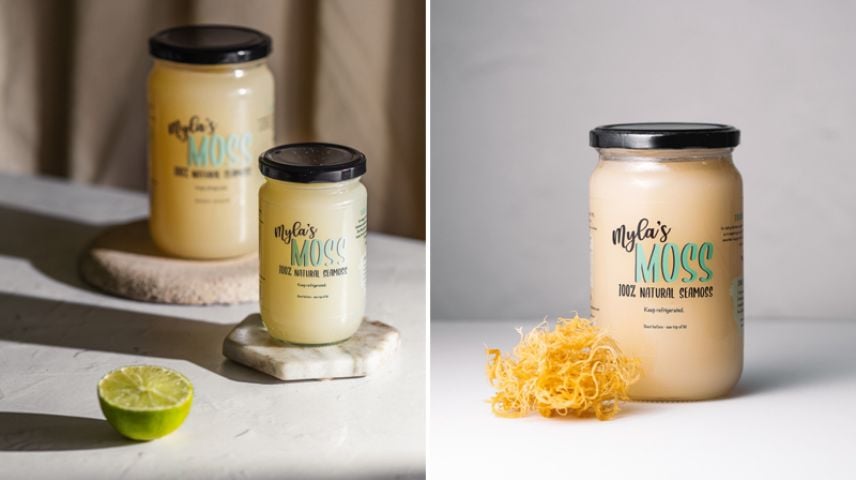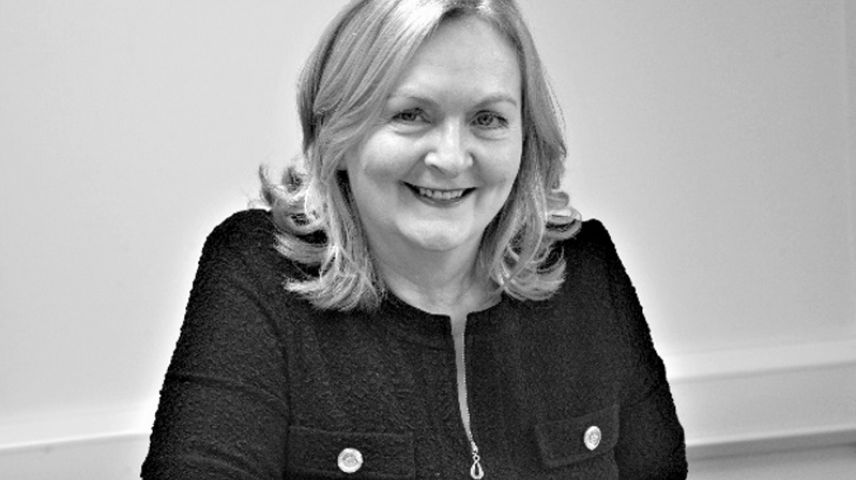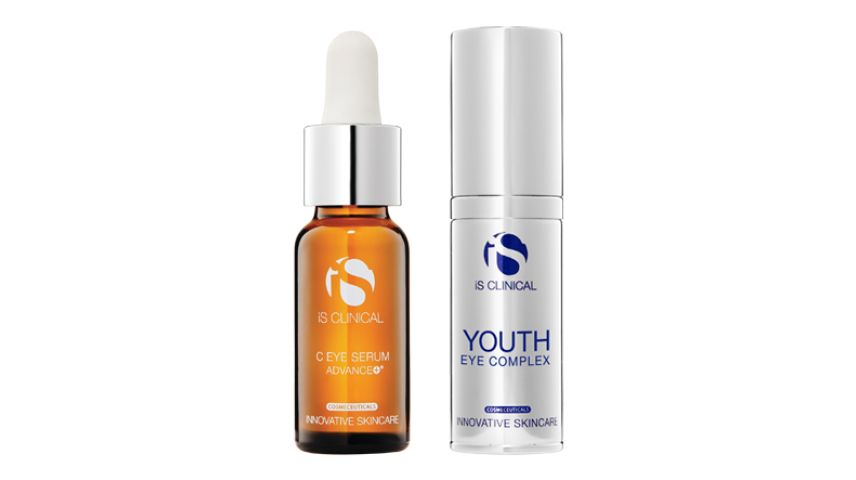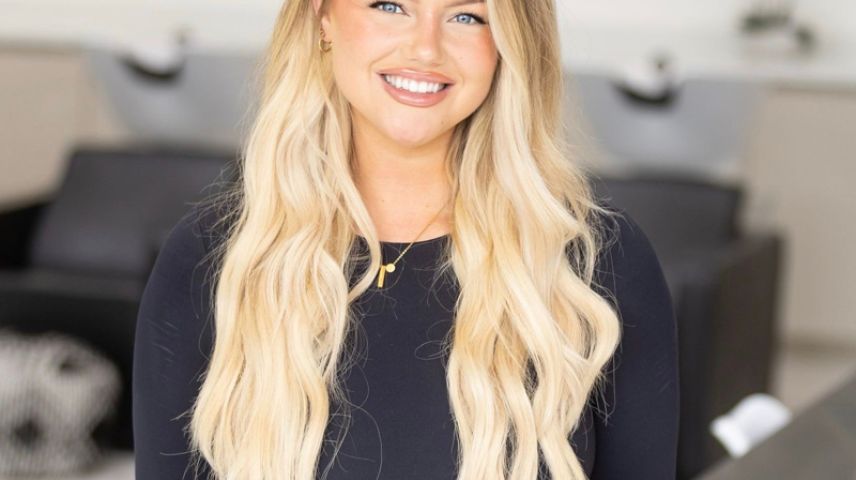Dealing With Age Spots
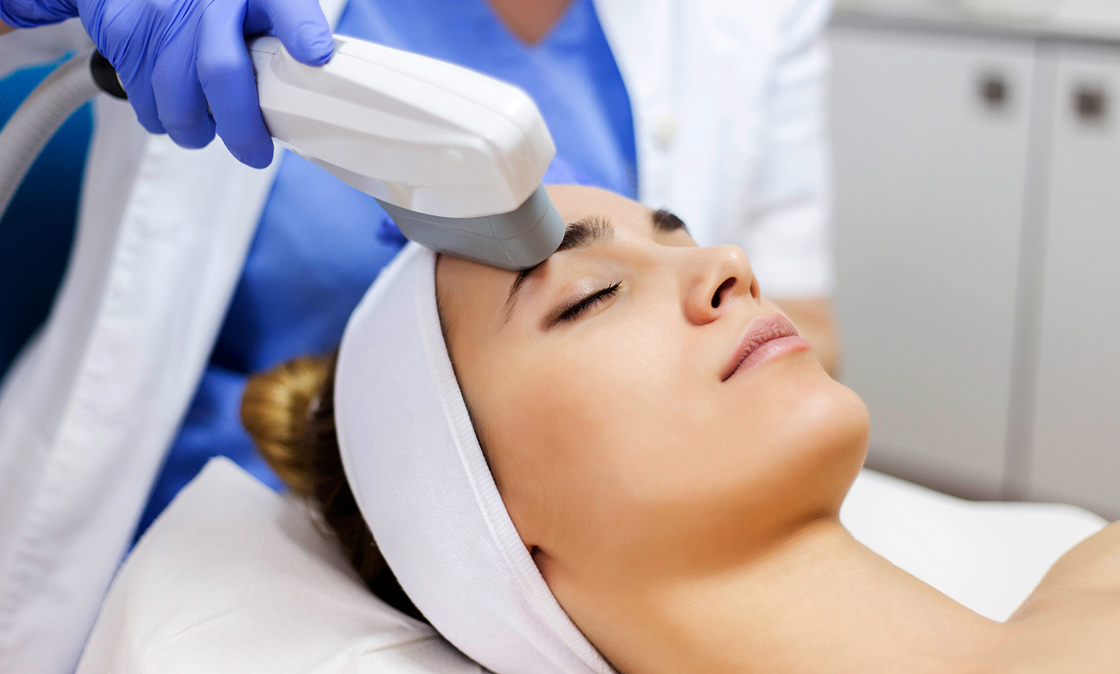
Have you ever looked down at your hands to discover freckles you could swear were not there the day before? Welcome to the world of age spots.
It is fair to say that we have all experienced our share of hyperpigmentation, but with the advancement of technology in skincare, we are lucky to have options at our disposal to help remove and fade those pesky age spots before they get worse.
What are age spots?
Age spots, or sunspots, are benign pigmented spots that are caused by UV radiation from the sun. The UV rays cause our skin to produce more pigment which increase melanin production, resulting in age spots.
Genetics can also play a part – so can sunbeds! Age spots are usually flat brown spots that appear on the areas of skin most exposed to the sun: face, neck, chest, hands, arms, and back.
Prevention is king!
Let’s face it, in the grand scheme of things, an odd age spot here and there is no big deal, but it is crucial to prevent sun damage to your skin, especially against skin cancer. Make sure you apply an SPF to your skin daily and stay out of the sun in its most powerful hours (12pm-5pm), and finally cover up your skin when out and about.
As for the age spots that are already there, well there are some effective treatments that you can do – both at home and in-salon – to help you get rid of them, or fade them, for good.
How to get rid of age spots…
Sunscreen
The king of over-the-counter treatments is to minimise and prevent future age spots by using sunscreen! Sunscreen will prevent the spots you have now from getting worse and will stop future spots from forming. Choose a sunscreen that offers broad-spectrum protection of SPF 30 or higher.
Non-prescription lightening creams and serums
Niacinamide is the latest buzz word in beauty right now, and that is due to its lightening effect on acne scars and marks on the skin. Over-the-counter lightening creams help to reduce age spots by suppressing the production of melanin. These creams work best on age spots that are light and have been caught early.
Some of the key ingredients to look for with lightening creams are hydroquinone, glycolic acid, kojic acid, liquorice root extract, and niacinamide. Hydroquinone is considered the gold standard of lightening but is known for being harsher on skin and may trigger side effects, such as skin irritation and rebound pigmentation if it’s applied for too long.
Another fantastic cream to try is Vitamin C. Vitamin C is an antioxidant that helps to protect the skin against sun damage, preventing dark spots and giving an overall brightening effect.
Prescription fade creams
Prescription topical drugs can work slowly to lighten age spots (think: several weeks to months), the two most prescribed being hydroquinone and tretinoin. Hydroquinone works by slowing the production of melanin, while tretinoin is a retinol cream that can improve skin texture and reduce pigmentation. Side effects are typically minimal, but can include itching, redness, or dryness.
Cryotherapy
This in-salon therapy consists of liquid nitrogen being applied to the age spot, which freezes and destroys the pigment-making cells, causing the spots to flake off. As the skin heals, it appears lighter. This treatment is best for single age spots or small clusters and can be done a few times a month if necessary.
Chemical peels
Depending on the depth of the peel, this treatment can be helpful in reducing the appearance of age spots. A layer of acid is applied to the skin, which burns the outer layer where the age spots are located. As this layer of skin peels away, a new layer replaces it. The number of treatments that are needed will vary depending on the individual and the severity of the age spots.
Intense pulsed light (IPL)IPL is the easiest and most effective method for age spot removal - using light to target the brown colour and destroying the pigment that causes the age spot. The spot will initially turn darker but will then shed away after about a week. Most people require upwards of four treatments for optimal effect. Plus. There is no downtime, and the treatment is virtually pain-free.
Laser treatments
Depending on your skin colour, tone, and the location of your age spots, laser therapy is a great treatment that can help get rid of age spots. PicoWay is an especially effective laser to treat age spots, as the advanced laser uses ultra-short picosecond pulses to break up particles of skin pigmentation. Fraxel laser treatments are also a great option for age spots. The technique uses a fractional laser (a focused beam of light that’s broken into a multitude of pinpoints) to deliver heat into the skin. This vaporizes the pigmented skin cells, while encouraging collagen remodelling in deep skin layers.

